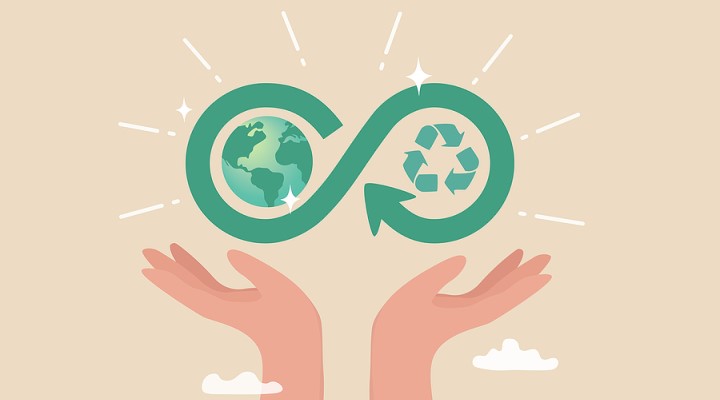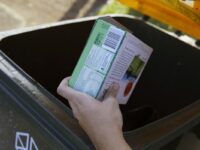In the face of our worsening climate predicament, more businesses than ever are looking to become part of the solution. If you’re reading this, you’re probably leading or working in one of them.
At Koskela, we found that in spite of our industry-leading sustainability commitments and ‘carbon neutral’ certification, when we sold more furniture, our carbon emissions increased. Not only that but selling more products also meant that more of those products were ending up as waste.
Which is why we’ve committed to becoming fully circular by 2027.
The concept of ‘circularity’ is simple: it means creating products that are designed to last forever while generating zero waste in the process. It’s about keeping materials in circulation by maintaining, repairing and refurbishing them. And it’s about regenerating nature by…well…leaving it alone.
Circularity goes to the heart of tackling the problem. Sustainability is so often about trying to ‘minimise’ our impacts, but not really doing anything substantial about it. We need to recognise that we’re at a point where box-ticking simply isn’t an option anymore.
One of the advantages of being a small business is that you’re small enough to be agile. It’s hard to turn an oil tanker around, but a little speedboat can be nimble. So don’t think you can’t change because you don’t have the resources – you’re actually at an advantage.
So, where to begin?
No matter what industry you’re in, your product or service will require energy to run. So shift to a renewable energy provider (or install your own solar panels) as soon as you can. Then you can look at switching your finances from fossil-fuel-friendly banks and superannuation funds into ones that don’t invest in fossil fuels. It’s easy to do, and there’s really no excuse for not doing it.
Considering (and re-considering) your business model is a pivotal step. If you run a clothing company, for example, and you’re truly committed to zero-waste, then you might decide to start making your garments to order (Citizen Wolf is a Sydney-based zero-waste clothing company doing exactly that). Or if you sell furniture – like we do – you might look at offering lifetime repair and refurbishment services for your products (which we’re introducing as part of our Circularity Action Plan). And if you sell tools or tech, maybe you offer a rental or hire subscription service.
Next, if you’re making products, I’d encourage you to take a long, hard look at your supply chains and choices of materials. How can you make a product that lasts for longer? How can you access materials that may already be upcycled or created from offcuts or repurposed materials? And how can you work towards eliminating your own waste? You’ll need to do your research and educate yourself, but there’s so much information out there. Check out the Australian Circular Economy Hub, the CTI Toolkit and look up any circularity events or communities in your area – connecting with others will be a huge help.
If that all sounds like a lot of work, it’s worth considering that Australia’s future will almost certainly be circular – progress is already happening in the EU (which has a Circular Economy Action Plan target for 2030) and the US. Businesses that are ahead of the curve will thrive.
Circularity isn’t new – just ask your local cobbler. Looking after our belongings and being ‘thrifty’ is a deeply human skillset and something we’ve been doing for as long as we have existed on this Earth. It’s simply about remembering those skills now, applying them to our businesses, and embracing a shift towards a circular economy.











